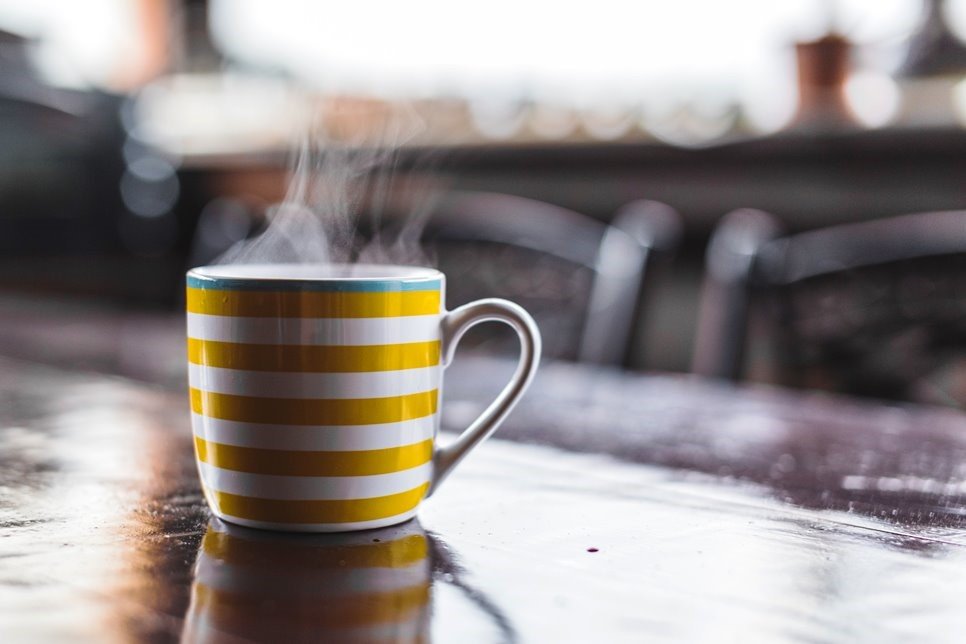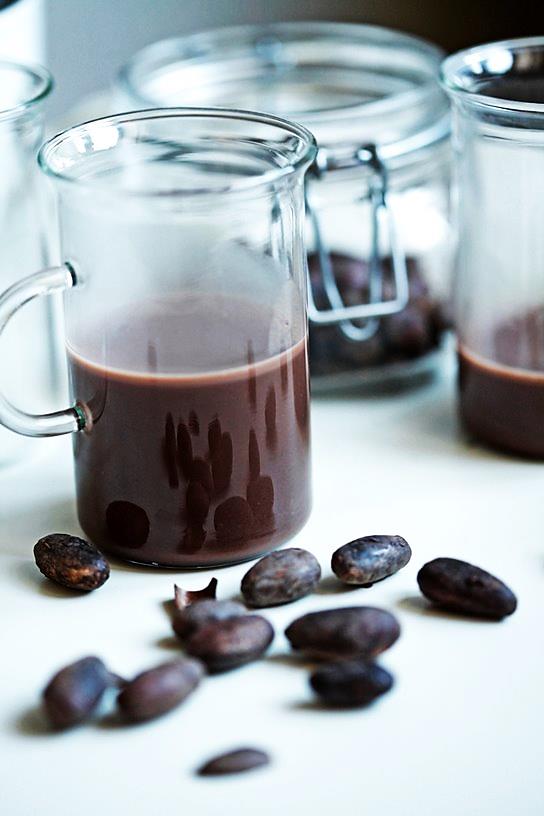
by Fern Shaw | Nov 20, 2019 | water boiler, water cooler
You may have read a recent blog around how becoming dehydrated when it’s colder is more common than we think.
In order to prevent winter dehydration, our first suggestion was to install a hot and cold water cooler or water boiler from AquAid.
Here we follow up with a few helpful tips to make sure you are hydration happy during the colder months:
Kickstart your day with warm lemon water. The benefits are enormous, boosting both your hydration and health levels. If lemon makes you sour, jeuj up your warm water with ginger and a dollop of honey.
Increase your hot drink intake. You don’t need to be bound to drinking only water (although it is a great base) when it’s chilly. There are loads of warm or hot drinks that will not only keep you warm but that also count towards your being hydrated. Think veggie soup etc.
Take the chill off. When it’s cold, our bodies do what they can to preserve our core heat. This includes withdrawing blood from our extremities. With less blood circulating, our kidneys expel more water, which again, can lead to dehydration. To avoid excessive urination, keep active instead of becoming sedentary. The less active you are, the easier it is to become cold.
Watch your breath! When the temperature lowers, you lose more fluid as you breathe. Those puffs of breath are water vapour you’re exhaling. Water being expelled with each exhalation. If you breath is constantly fogging up your glasses or your surrounds, it’s highly likely you need to quench your thirst, post haste, before you become dehydrated. So use your breath as a reminder that you need to keep up your water intake.
However you choose to keep warm these colder months, remember to keep up with drinking water: hydration is equally as important irrespective of the temperatures outside.

by Fern Shaw | Nov 20, 2019 | water boiler, water cooler
Summertime in the UK is a warm and hopefully fond memory, but it’s now time for us to face the incoming chill – and by chill, we’re not referring to the refreshing drinking water dispensed from your AquAid water cooler (more on this later).
From ancient times, humans are wired to seek warmth when the temperatures drop – blame it on our rather thin body cover i.e. skin, unlike that of many of our fellow mammals who cleverly grow thick coats when it’s cold.
It’s therefore no surprise that we easily tend to eschew maintaining our warmer weather hydration habits, as our natural instinct is to associate drinking water more with keeping cool than with keeping adequately hydrated.
This is a mistake though as a survey conducted by the RNLI shows that a staggering 89% of Britons are inadequately hydrated.
It isn’t hard to dehydrate when it’s cold: we tend not to exert ourselves as much in our day-to-day activities (unless we’re exercising) so it’s easy to miss the usual indicators of dehydration. We also may not realise that there are other indicators of water loss that don’t occur when it’s warm.
As we’re wearing more clothing, we’re heavier. This means that our bodies work harder (this can be by as much as between 10% and up to 40%) producing sweat. We often don’t realise we’re sweating as this is absorbed by the additional clothing.
Exhaling water. Another indicator of water loss we may miss is in in the vapour we see when we exhale. That vapour being expelled is yet more water we’re losing.
We tend to urinate more often. Although the mechanism isn’t fully understood, it’s believed that blood is drawn from the extremities when we’re cold. This means reduced blood circulation, consequently our kidneys excrete more water.
But how to combat cold weather dehydration? It’s simpler and easier than one might think. If cool water doesn’t appeal, you can always increase your liquid intake by drinking hot drinks.
The first step is to install a hot and cold water cooler or water boiler from AquAid. This will set you up in an instant, and you’ll be able to maintain your daily water consumption, whatever the weather.

by Fern Shaw | Oct 30, 2019 | water cooler
Contrary to popular opinion, the origins of observing Halloween aren’t American – but actually those of ancient Celts throughout Britain, Ireland and northern France.
With the Romans invading Britain around 43AD, it is believed that they also added their rituals of the time with those of the Celtic traditions, one of these being the current Halloween tradition of ‘bobbing’ for apples. The Roman goddess of fruit and trees was known as Pomona – her symbol being that of the apple.
Moving forward a few decades brought the Christian observances, those closest to Halloween being All Hallows’ Day, also known as All Saints Day. All Hallows Day was originally celebrated on the 13th of May, however, it is believed that this was moved to 01 November, as an attempt to replace or assimilate the Celtic Samhain festival with a related but church approved celebration.
Whatever the observance, there’s no doubt that Halloween is a wonderful, fun-filled acknowledgment of winter drawing close.
Throughout Britain Halloween has traditionally been celebrated by children’s games such as bobbing for apples in containers full of water, telling ghost stories and the carving of faces into hollowed-out vegetables such as swedes and turnips. Unlike the majority of Halloween traditions originating from Britain, it is in fact, the pumpkin as the carve vegetable of choice that has come from the United States. However this change occurred, it’s a prudent choice, as I imagine it’s far easier to carve a pumpkin than it is a swede or turnip.
However you choose to celebrate Halloween, we would suggest that you reserve the water from your water cooler to rather quench your thirst or to wash down all the Halloween ‘candy’, instead of filling up containers to bob for apples.
That said, here at AquAid, we wish you all a Happy Halloween and more treats than tricks.

by Fern Shaw | Oct 15, 2019 | aquaid aberdeen, aquaid south west, water cooler, Water Coolers
A broad, sweeping headline for sure. Could encompass many, many things. Let’s narrow it down a little.
Things we don’t know:
- How long a piece of string is.
- How it is that the judges of The Great British Bake Off failed to keep Helena on.
- Why we can’t touch our elbows with our tongues. (Apparently this has been debunked; we don’t really want to know though).
- Why new scissors are behind impenetrable hard plastic packaging.
Things we do know:
- AquAid Water Coolers have been delivering exceptional service to now more than 34,000 customers since we began operations over 20 years ago.
- Our customers range (geographically) from Aberdeen down to Torquay and everywhere in between and;
- (Size wise) from single occupant premises to hundreds of thirst-quenched occupants at multiple premises and;
- (Longevity) here today, gone tomorrow type establishments: events; festivals; markets – to customers who have been with us since year dot.
Now you know (and don’t know) too. Feel better? We do hope so. We certainly do!
Working with the knows and needing a water cooler solution for your premises, why not contact us at AquAid today? We’ll be delighted to assist.

by Fern Shaw | Sep 12, 2019 | water cooler
At AquAid we are, of course, primarily interested in promoting proper hydration – and we achieve this through encouraging the installation of the right water coolers in suitable spaces throughout the UK.
What we mean by the ‘right water coolers in suitable spaces’ is we use our over 20 years of experience to ensure that your water cooler meets your requirements: whether that is Mains-Fed dispensers for a large organisation or educational facility or a Bottle-Fed dispenser for smaller organisations and for temporary use – such as on work sites or at festivals and events.
When you install a water cooler from AquAid, there is also an additional advantage: for each Mains-Fed water cooler installed and each 19ℓ Bottle of Water supplied (all our water bottles go through a stringent recycling program) we donate a portion of those sales to charity.
Clearly, health and well-being is high on our list of priorities and it’s been repeatedly proven that when we drink enough water, it boosts our well-being significantly.
All of this said though … we are only hooman. And the good life can’t only consist of maintaining good hydration habits by visiting your water cooler station often and drinking lots of water.
Which is why, here at AquAid, with International Chocolate Day on 13 September, we will be climbing on the ‘yes, chocolate is a superfood’ bandwagon. We hope you will too.
FOOTNOTE: Remember, you need water to make chocolate. Also – hot chocolate. Need we say more?

by Fern Shaw | Sep 5, 2019 | Water, water cooler
It’s #MigraineWeek this week and if you have ever experienced a migraine, your blood vessels are probably constricting already. This blogger didn’t experience a migraine until well into adulthood and thought they might be the stuff of legends, that is until she had one.
Migraines affects 1 in every 7 adults globally, according to the World Health Organization and 85 percent of sufferers are female according to the Migraine Research Foundation.
What is a migraine?
According to the NHS, the exact cause of migraines is unknown, but they’re thought to be the result of abnormal brain activity temporarily affecting nerve signals, chemicals and blood vessels in the brain. There is evidence that fluctuations in oestrogen levels can be a migraine trigger, which would explain in part why more women than men experience this condition, however there are a number of other factors that can trigger those more prone to this condition.
What triggers migraines?
There are a number of triggers, including emotional: stress, shock and depression amongst others; physical: poor posture or neck and shoulder tension; dietary: such as dehydration, caffeine and some specific foods such as chocolate and citrus fruit and finally environmental: flickering screens, bright lights or loud noises.
Can they be cured?
Although there currently isn’t a cure for migraines, there is medication available that can help reduce the severity and propensity of these attacks.
Does drinking water more really help?
Absolutely. Considering that our physical make-up is around 70% water, it’s clear that our bodies need the hydration in order to function properly and our brain is no exception. In a previous blog we’ve referred to the importance of keeping our brain adequately hydrated.
What else can you do to reduce migraines?
As much as we all enjoy our caffeine intake, too much coffee, tea or high caffeine content drinks can have an adverse effect on our central nervous system, so if you are prone to migraines, it might be an idea to reduce the amount of caffeine drinks and replace these with water.
Drinking water more may not solve your experiencing migraines, but it can certainly help reduce the frequency.
If there is a shortage of drinking water stations at your premises – contact us at AquAid. We will always give you the best advice about which water cooler is the right fit for your premises, whether at home, work or at school.






